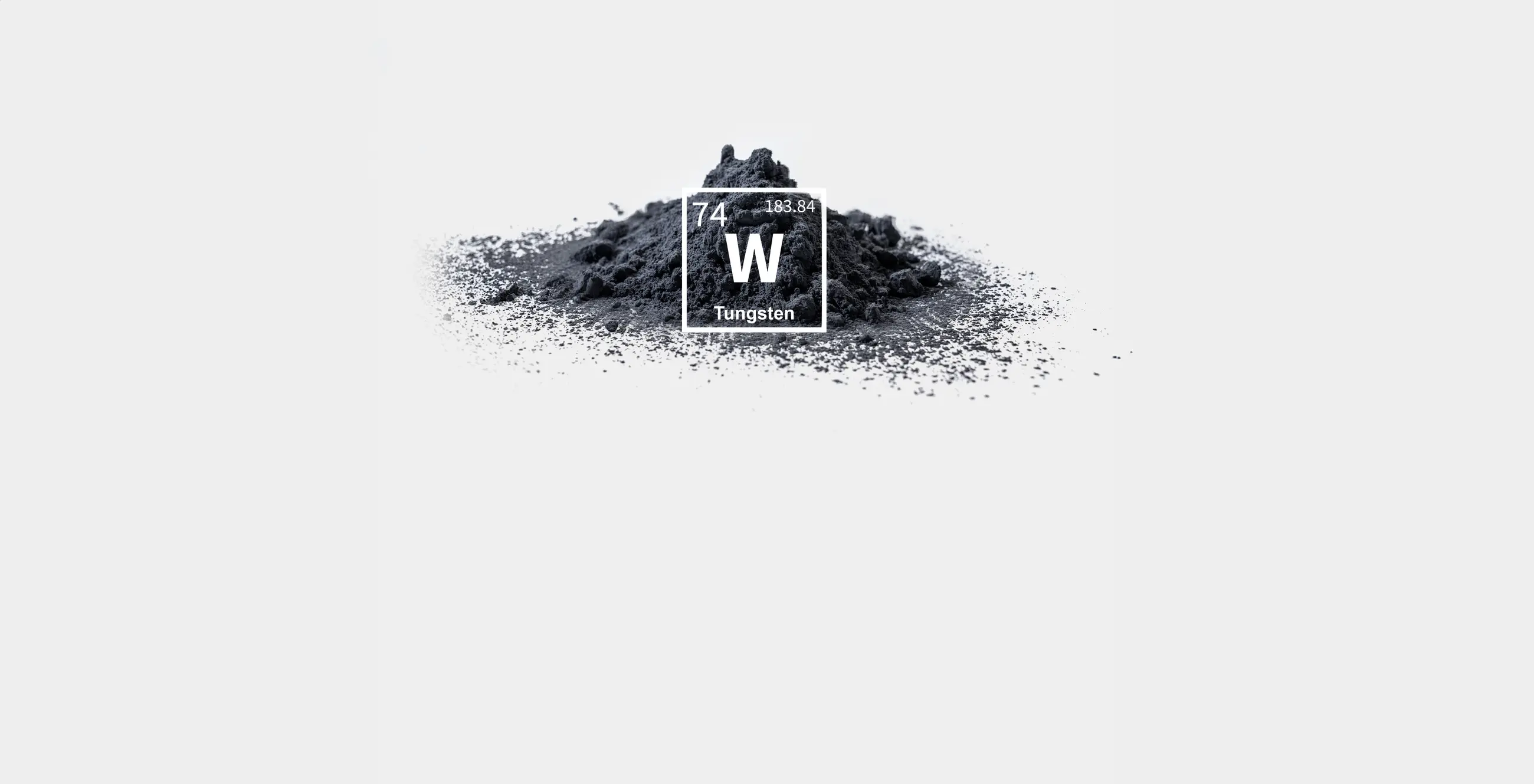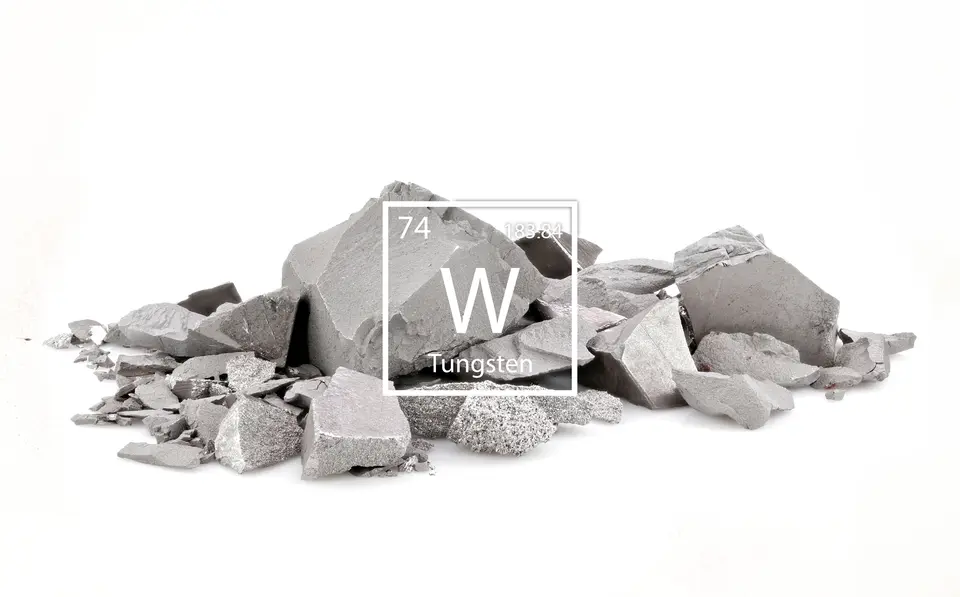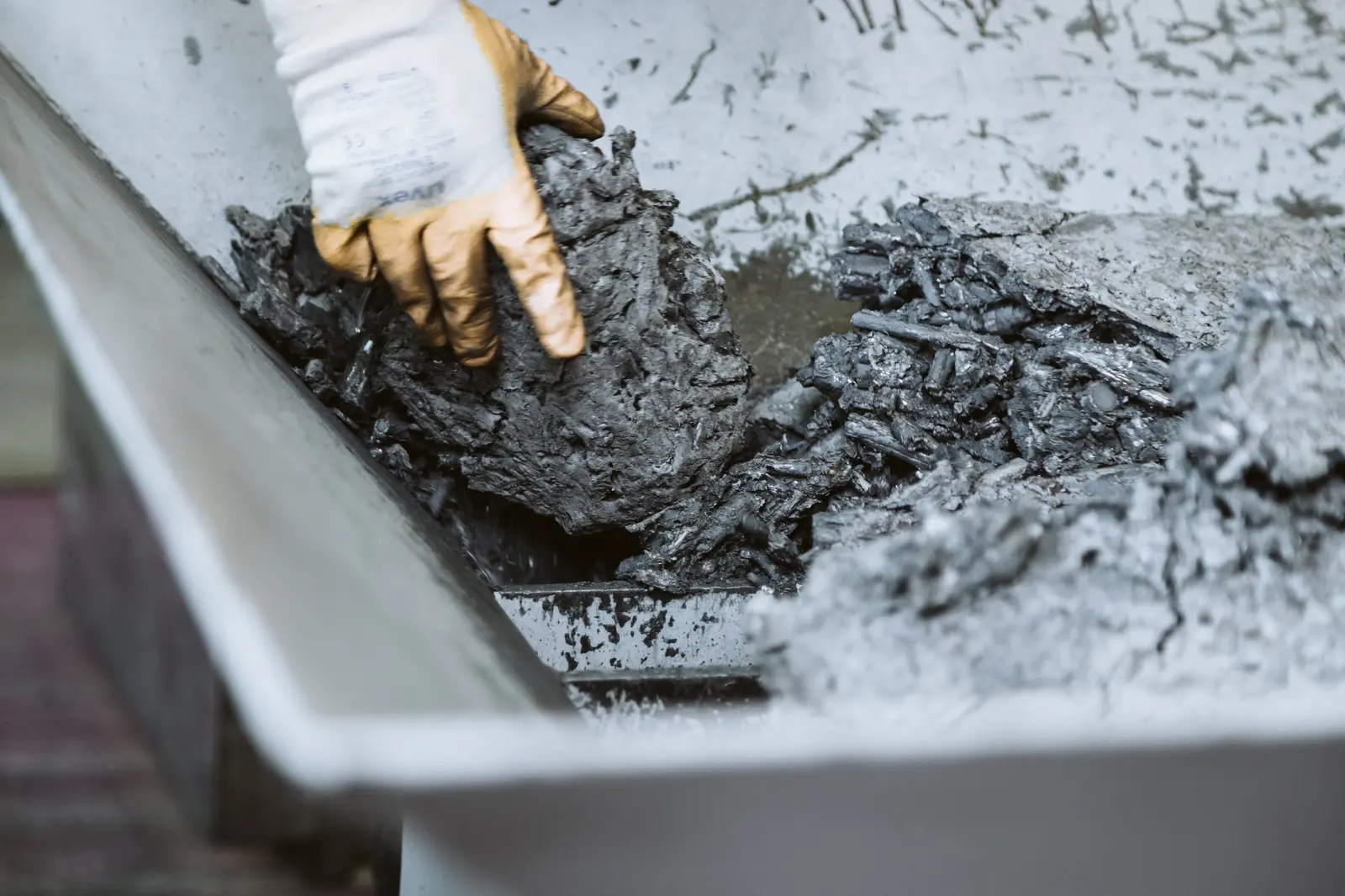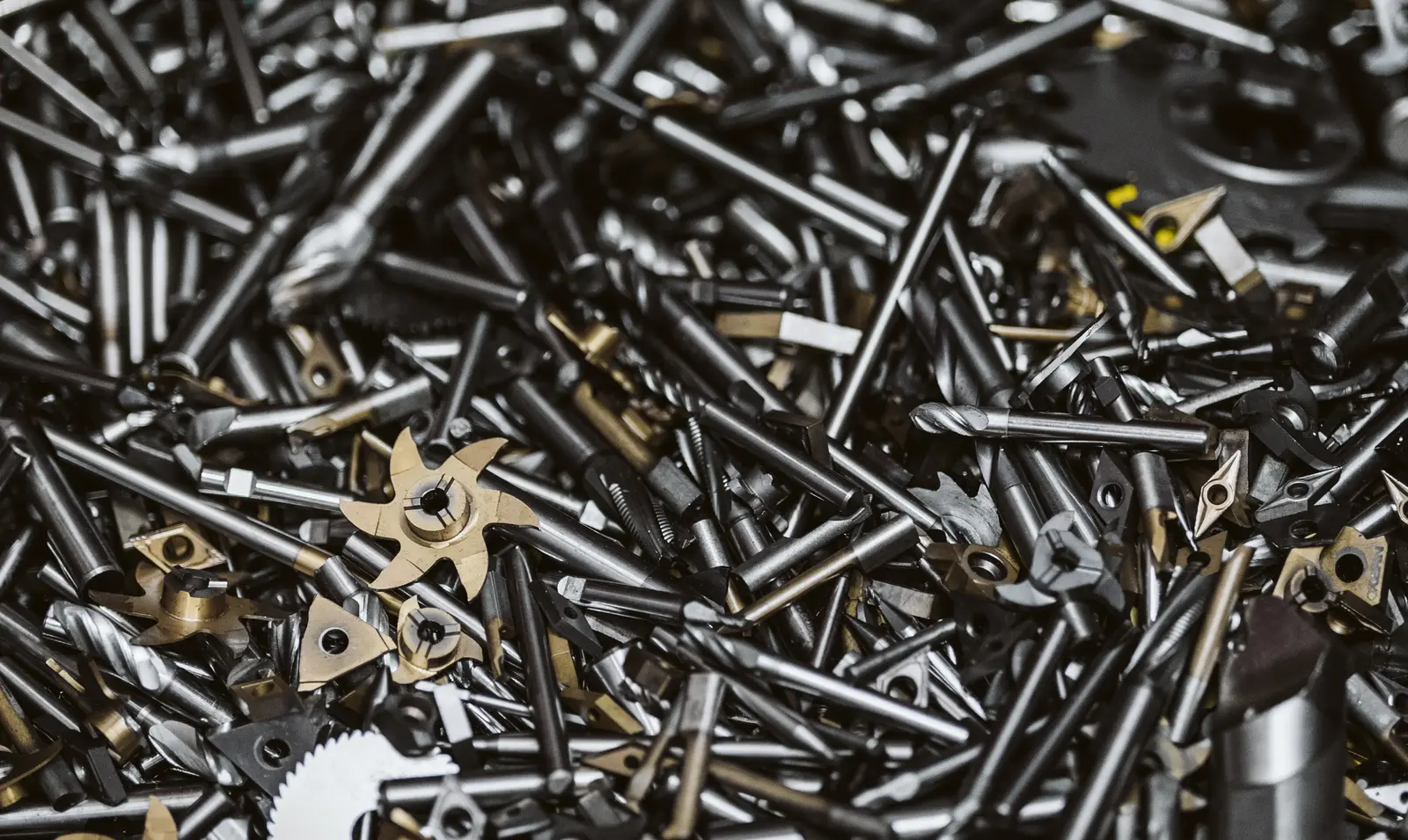
"The Plansee Group ensures a stable and independent supply of tungsten for all customers."
Karlheinz Wex, Chairman of the Executive Board of the Plansee Group.
Sustainable and reliable tungsten supply
Thanks to recycling and long-term purchase agreements with mines, the Plansee Group ensures a reliable, sustainable, and independent supply of tungsten products at all stages of processing—from powder and semi-finished products to carbide tools, wear parts, and components.
Within the Plansee Group, CERATIZIT specializes in the manufacture of products made from hard metals (tungsten carbide). The link below takes you directly to the properties, products and applications of hard metals:
Plansee specializes in the manufacture of molybdenum and tungsten metal products. The link below takes you directly to the properties, products and applications of tungsten metals:
What makes tungsten so special?
Tungsten is a refractory metal with a high melting point. Derived from the Latin word refractarius (rebellious/stubborn), it lives up to its name: it is a difficult material to work with, which is produced using powder metallurgy processes. With a high density and many other properties, it is indispensable for many applications in the high-tech world.

6192
°F Melting point
Melting point of tungsten
Tungsten is the metal with the highest melting point. By comparison, iron melts at 2827°F and copper at 1949°F.
19,25
Density (grams per cm3)
Density of tungsten
With 19.25 grams per cubic centimeter, tungsten has a density similar to gold. Molybdenum is half as heavy, with 10.22 grams per cubic centimeter.
other properties
- Low thermal expansion coefficient
- Good electrical conductivity
- High heat and creep resistance
- Excellent corrosion resistance
Nice to know
- The physical properties of tungsten change with temperature.
Three pillars for securing tungsten supplies
To ensure security of supply for all customers, the Plansee Group focuses on collecting tungsten scrap, developing and optimizing recycling technologies, and entering into longterm purchase agreements with tungsten mines.

Recycling of tungsten
Tungsten is infinitely recyclable and is recovered and reused by the Plansee Group from used products and production waste. This reduces dependence on primary raw materials and improves the carbon footprint. The Group relies on take-back agreements with customers and comprehensive collection and sorting systems for the systematic collection of tungsten scrap.
The Plansee Group has been developing recycling technologies for tungsten for decades. The focus is on two processes:
Raw material supply via tungsten mines
In addition to tungsten mines in Central America and on the Iberian Peninsula, the Sangdong mine in South Korea will play an important role in the Plansee Group's raw materials strategy. Operated by Almonty Industries, the mine has one of the world's largest tungsten deposits. With a 14 percent stake, the Plansee Group is the largest shareholder in Almonty. Through long-term purchase agreements, the Plansee Group has secured the majority of the production of tungsten ore concentrates from the Sangdong mine.

Frequently asked questions about tungsten
Tungsten is an essential element in many everyday applications.
- In the form of hard metal, a tungsten carbide-cobalt composite material, tungsten is processed into tools that are extremely durable and wear-resistant.
- Tungsten is an important alloying element in the steel industry.
- Tungsten components are found in switch contacts for power transmission, in smartphones, and in medical technology.
Natural tungsten deposits are unevenly distributed worldwide. Around 90 percent of known tungsten deposits are located in China and Russia. Other deposits can be found on the American continent, as well as in South Korea, Australia, and several European countries.
Like many other industrial metals, tungsten can be recycled as often as desired without compromising material quality.
Customers who choose recycled tungsten help to conserve natural resources and benefit from a reduced carbon footprint.
Which tungsten products are manufactured by the Plansee Group?
The Plansee Group covers the following stages of the tungsten production value chain:
- Tungsten precursors: ammonium paratungstate (APT), tungsten oxides, tungsten powder, tungsten carbide powder, ready-to-press powder mixtures (Home - GTP | Global Tungsten & Powders)
- Tungsten end products made from tungsten metals, tungsten metal alloys, heavy metals and hard metals (tungsten carbide)


